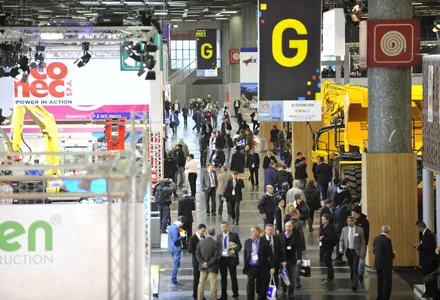Liebherr reports a record turnover for 2015 at €9.237 billion. This is the highest figure in the Liebherr Group’s history and represents an increase of €414 million or 4.7 % over with 2014. Some €751 million was invested in the business in 2015.
Business in Western Europe saw an increase in turnover. Among the contributing factors were positive developments in Germany, the UK and the Netherlands. Sales revenue dropped, however, in France, the Group’s third-largest market.
Turnover increased in volume
June 15, 2016
Read time: 2 mins
Business in Western Europe saw an increase in turnover. Among the contributing factors were positive developments in Germany, the UK and the Netherlands. Sales revenue dropped, however, in France, the Group’s third-largest market.
Turnover increased in volume in the US and in the Far East/Australia region. And Liebherr saw a good sales performance in the Middle East. A downturn was recorded in Eastern Europe and on certain African markets however.
Liebherr achieved growth in the construction machinery and mining area and also in the area comprising maritime cranes, aerospace and transportation systems, machine tools and automation systems. Turnover from construction machinery and mining equipment, including the earthmoving, mining, mobile cranes, tower cranes and concrete technology divisions, rose by €330 million or 6.2 % to €5.624 billion.






